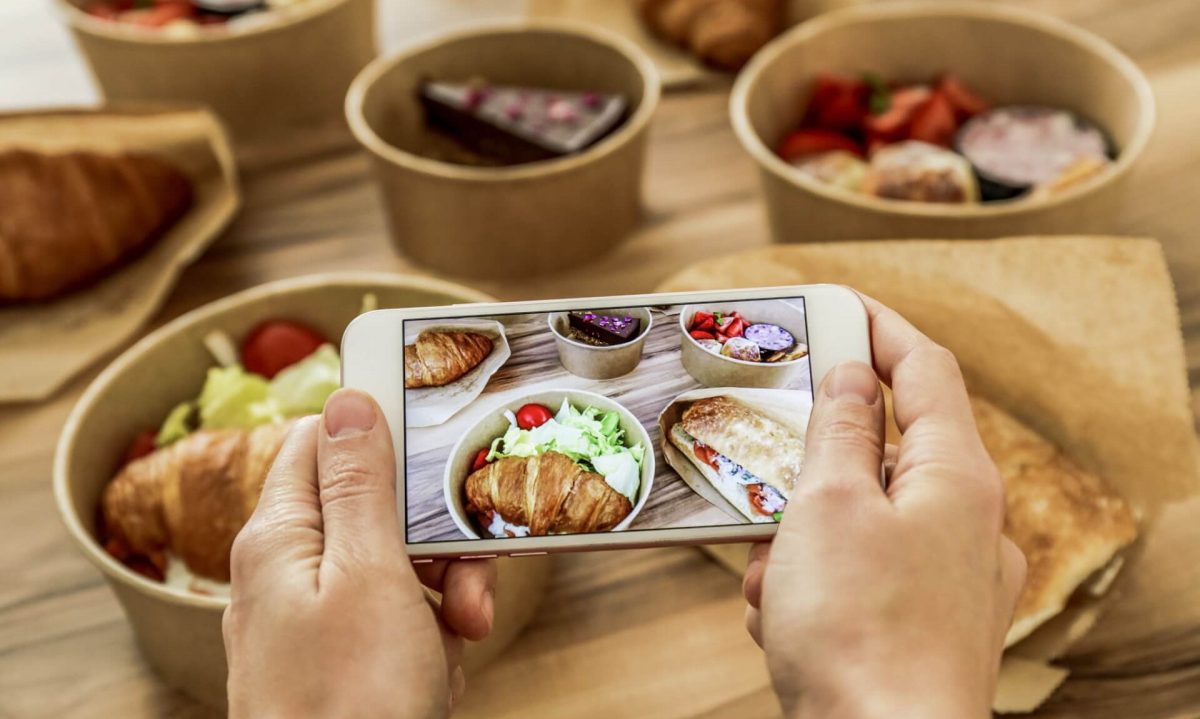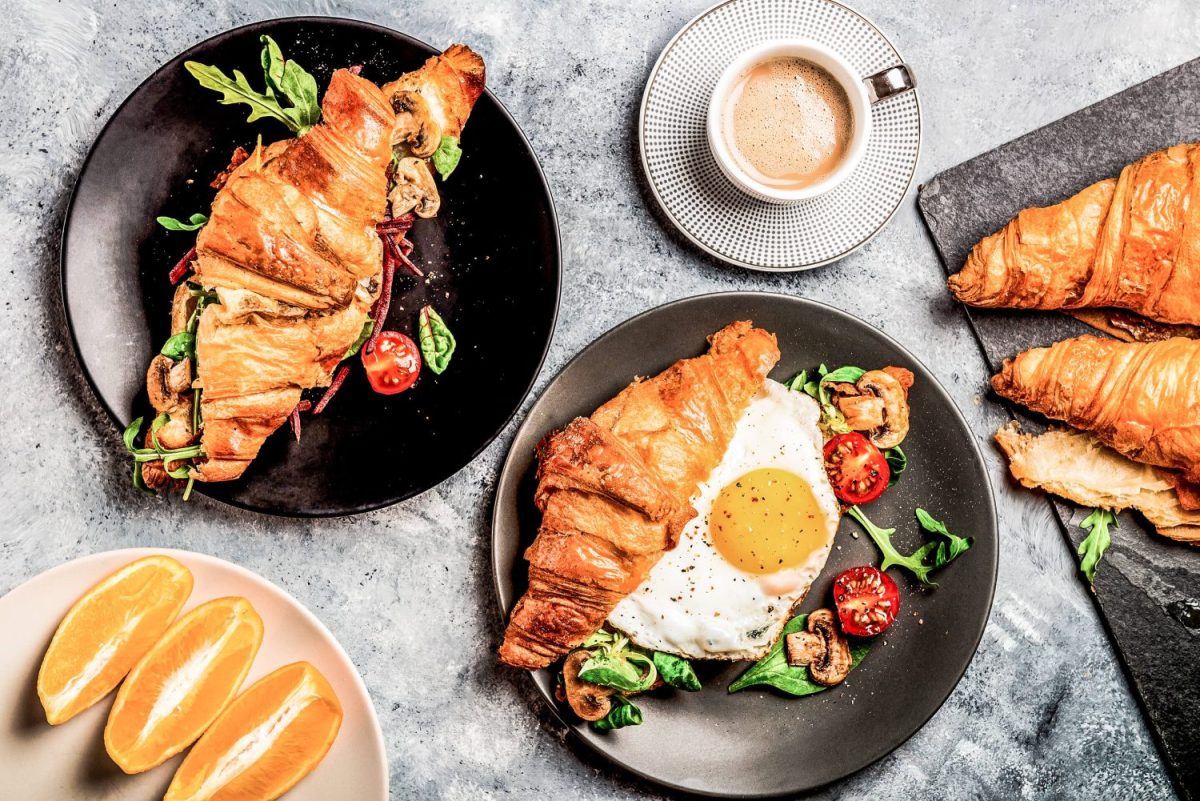When most of the world was told to stay at home in March 2020, little could we imagine the impact the virus Covid-19 would have on the way we live and work today.
The devastation of the hospitality sector is one of the consequences of lockdown, although the flexibility and ingenuity of some operators to pivot their businesses to cater more for the hunger for takeaway and delivery food has been one bright light in the gloom.
With a massive shift to working from home where possible, the hitherto growing sector of breakfast on the go has slammed into a brick wall. Busy commuter stations and town and city centers have been deserted. Some figures suggest that the morning meal, which represents a breakfast or morning snack, has suffered the steepest transaction declines. Morning meal customer transactions at major restaurant chains fell by 18% in the week ending June 7 compared to same week year ago.
More time in the kitchen
Instead, in the UK at least, a report from Kantar in August showed how the UK was tucking into big breakfasts at home, largely due to no longer being under pressure to rush into the office. According to the Kantar figures, bacon and/or eggs for breakfast have featured on breakfast tables an extra 82 million times compared to last year (up by 25% and 68% respectively). Pastries and croissants have featured on 25% more occasions – an extra 77 million – and the appearance of chocolate spread rose 40%, featuring in an extra 21 million breakfasts.
This is in line with the lockdown trend that saw more people spending more time in their kitchens cooking and baking.
Prior to lockdown many fast-food restaurants considered the breakfast period a big earner, offering great potential for growth. The fact that McDonald’s generates almost 30% of its sales from the morning daypart shows the importance of fast-food breakfast business.
Since reopening after the initial lockdown restrictions were lifted McDonald’s has been offering a limited menu. Chief executive officer for McDonald’s UK and Ireland, Paul Pomroy, explained In an email to customers: “As with our main menu, we will have a limited menu at breakfast but we’ve kept the classics – hash browns, McMuffins and pancakes all return. Unfortunately, whilst adhering to social distancing guidelines, we are unable to serve porridge, bagels and our breakfast wrap. This is because we have fewer people in the kitchen.”

Image: adobestock | Evrymmnt
Opportunities remain
Gavin Rothwell from Food Futures Insights, is optimistic that the breakfast market will come back. “Don’t assume the breakfast opportunity has gone,” he says. “There are opportunities out there for those with the right proposition, and if you can innovate and differentiate in your menu, then combined with the right location and a strong coffee offer, there’s potential to grow this mission in-store,” he says.
“Its importance as a food-to-go mission – and as a meal occasion – varies a lot between different markets, but you need only look at Ireland or the US to see the potential for retailers in this space.”
Earlier this year, Rothwell explored this topic – as well as growth, opportunities and challenges within the wider food-to-go market – in an in depth series of webinars from Rational titled ‘Unlocking new growth opportunities in food-to-go’ exploring how the pandemic will shape foodservice.
One UK company that has focused on market opportunities and identified a potentially burgeoning customer need is City Pantry. They team up with restaurants and caterers and offer a platform where meals can be ordered and delivered to offices. This can be seen as incentivizing employees to get back to the workplace by offering a tasty breakfast they haven’t had to cook themselves or even queue for.
German foodservice consultant Bettina von Massenbach FCSI, owner of Oyster Hospitality Management, also sees a future for breakfast-to-go. She has two caveats, the location and the offering. “The location is, from my point of view, crucial. As the closer it is to the guest’s home, the more he or she would take advantage of the option,” she says.
“It also depends on the offer: the menu should be designed as ‘takeaway-able’. Breakfast needs to be fresh, crispy and warm to be tasty. Therefore, it cannot be carried far. It really is something for a local restaurant.”
Hence the shift towards restaurants outside town centers, where people live and now work. As Von Massenbach concludes: “People do miss the inspiration that comes from eating breakfast from a restaurant, maybe they will switch the treat to the weekend instead. It could also be seen as a way to support their local restaurateur and the restaurant industry as a whole.”
















